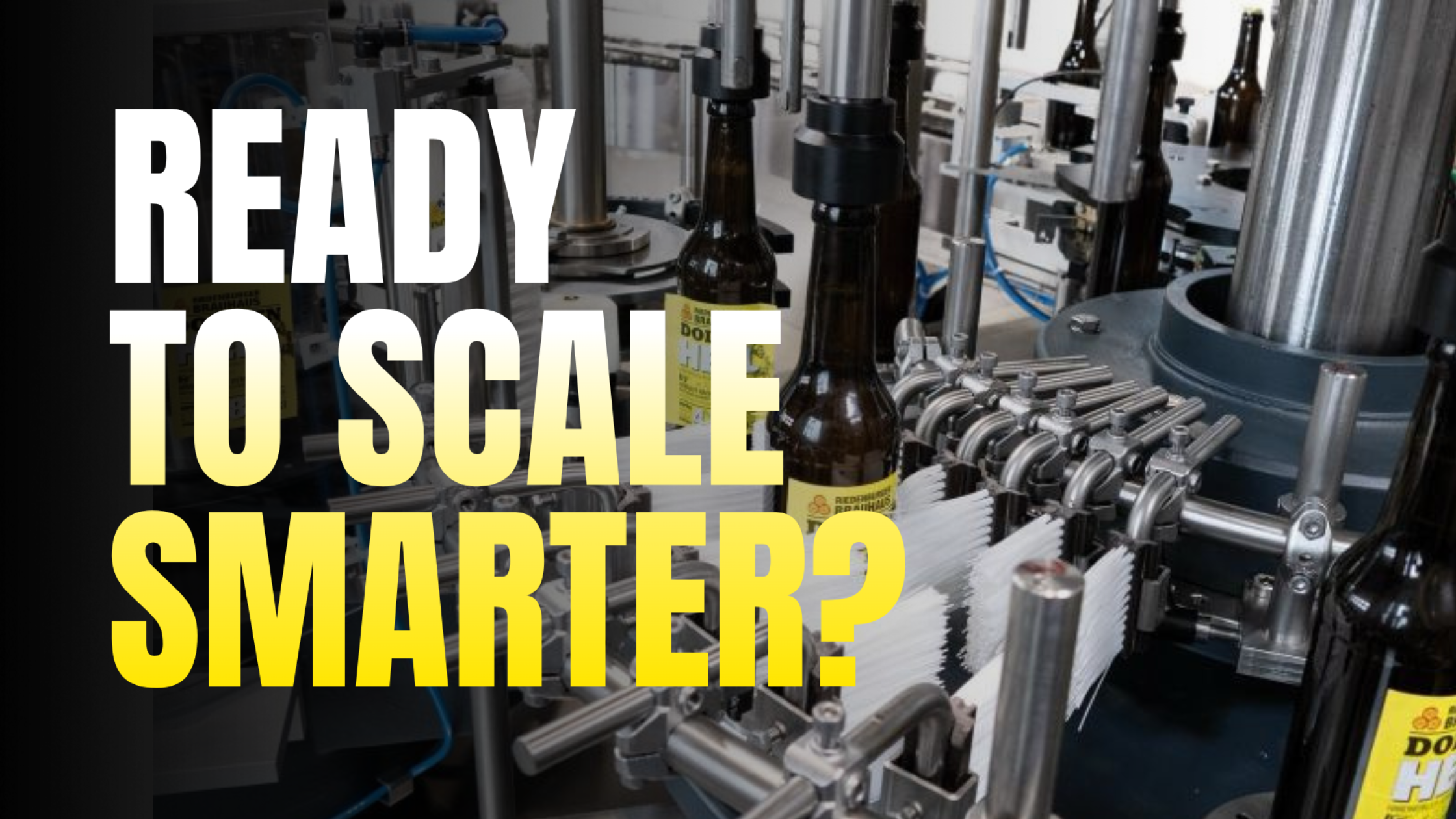
20 Mar Why Labeling is More Than Just a Sticker
Labeling – Your Finishing Touch or Competitive Edge?
Pointers for Mid-to-Large Manufacturers
Labeling is far more than sticking a tag on the packaging for your finished product. Labeling has an impact on compliance, branding and operational efficiency. And for mid-to-large North American operations, it’s often a bottleneck that slows the rest of production efficiency down.
The real question is: Is your labeling solution keeping up with your production demands and market complexity? Or is it quietly costing you time, money, and missed opportunity?
Why Manufacturers Are Re-Evaluating Their Labeling Equipment
There is a major shift underway across industrial automation in North America, and labeling is at the heart of it. According to a 2024 Deloitte survey, 74% of mid-sized manufacturers in North America plan to increase their investment in automation within the next 18 months, with labeling systems listed among the top three priorities for upgrade.
Labeling is too often seen as a small part of the production line, but when misalignments, delays and inefficient changeovers occur, there are massive impacts downstream. That’s when the answers to these questions may help you reframe your current packaging set-up.
Can we label faster – without sacrificing precision?
Heightened expectations on packaging now set on an increase of up to 30% more SKUs than five years ago, speed and accuracy are no longer nice-to-haves. Modern rotary labelers can apply labels at speeds exceeding 200 units per minute with sub-millimeter precision, helping manufacturers hit aggressive production targets while maintaining brand integrity.
Is it possible to handle multiple SKUs or short runs without endless changeovers?
In a 2023 PMMI report highlighting that shorter product life cycles and frequent SKU rotations are now becoming the norm across many industries including: food, beverage, and personal care. In order to meet this new reality, manufacturers are expecting labelers that offer tool-less, quick changeovers and programmable label formats to reduce downtime and labor costs.
Are we ready to meet new traceability or sustainability regulations?
The rise of FSMA 204, U.S. state-specific packaging laws, and Canada’s Plastic Waste Reduction mandates mean that labeling equipment must now accommodate traceable, scannable, and sometimes even biodegradable labels. Rotary systems equipped with integrated vision or RFID units are becoming standard among compliance-driven producers.
What’s the ROI on replacing older equipment?
Legacy labeling machines are costing companies in unseen ways, through increased waste, longer setup times, and unplanned downtime. Some studies suggest that inefficient labeling can have an 8-12% impact on operational costs in high-throughput environments. In contrast, manufacturers who upgrade to rotary labelers see ROI in as little as 18–24 months, particularly when combined with broader line automation.
You are not alone to have pondered these questions. Mid-sized food processors, craft beverage brands, and industrial manufacturers across Canada and the U.S. are rapidly transitioning to high-speed labeling systems for efficiency- yes but also to future-proof their operations in a fast-changing landscape.
The Rise of Rotary Labeling for High-Speed Production
Mid-to-large sized manufacturers across North America are turning more and more towards Rotary labeling equipment. As demand increases for flexible packaging formats, shorter production cycles, and flawless presentation on retail shelves, manufacturers are under pressure to do more with less. Rotary labelers are quickly becoming the labeling equipment of choice for manufacturers are under pressure to do more with less — more output, less space, fewer errors, and lower labor dependency.
Speed & Precision at Scale
Unlike inline or linear systems, Rotary labelers are engineered for high-throughput environments. rotating containers on individual carousels, allowing continuous motion and label application without stopping the line. This design allows speeds upwards of 200 containers per minute, depending on container size and label complexity, perfect for round bottles, cans, jars, and more.
→ For industries running 3-4 shifts per day, like food & beverage and personal care, this level of throughput translates to serious productivity gains!
Consistent Label Placement = Less Waste, More Brand Impact
In regulated industries, like pharmaceuticals, inconsistent or crooked labels lead to rework, scrap, or even product rejection.
→ According to PMMI, manufacturers that upgrade from linear systems to rotary labelers often experience a 30–50% reduction in labeling errors which save manufacturers time and material costs.
Built to Grow with You
One of the most valuable features of rotary labelers is their semi or fully modular construction. At the planning stage you can plan to future-proof your machine with the OEM. As business grows, you can add, reconfigure or mix labeling stations with cold glue, hot melt or pressure-sensitive applicators.
→ Many manufacturers opt for combo machines that allow multiple labeling types on the same base, reducing the need for multiple dedicated systems. This flexibility makes it easy to tackle seasonal products, private labels, or even co-packing opportunities!
Versatility in Packaging Types
Labeling is one of the easiest wins when it comes to improving line performance and compliance – without a full plant overhaul. If you’re experiencing downtime and wasted materials or products with your current system, it’s probably time to explore rotary labeling machinery designed to alleviate common production challenges.
Ready to See it in Action?
Let’s talk about what labeling looks like on your scale.
Book a virtual walkthrough or send us your product sample, and we’ll show you what precision really looks like.



